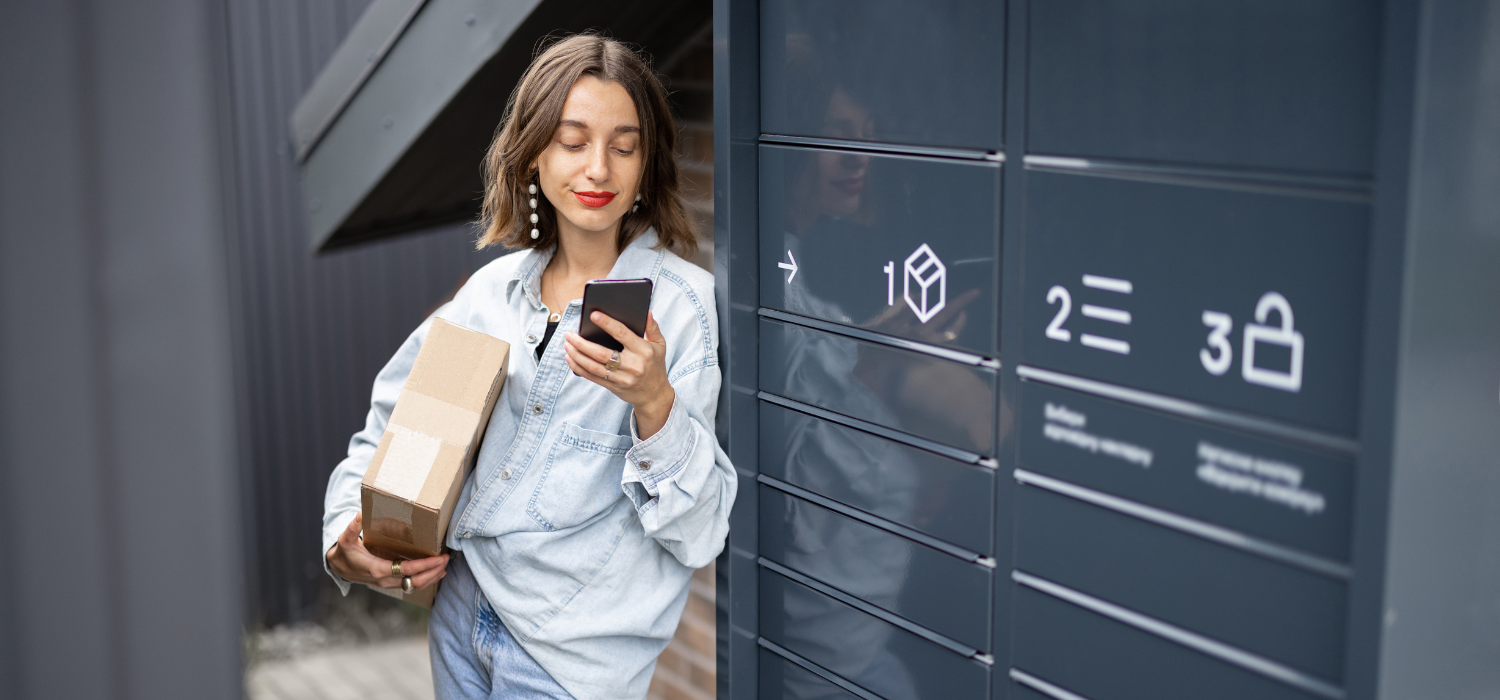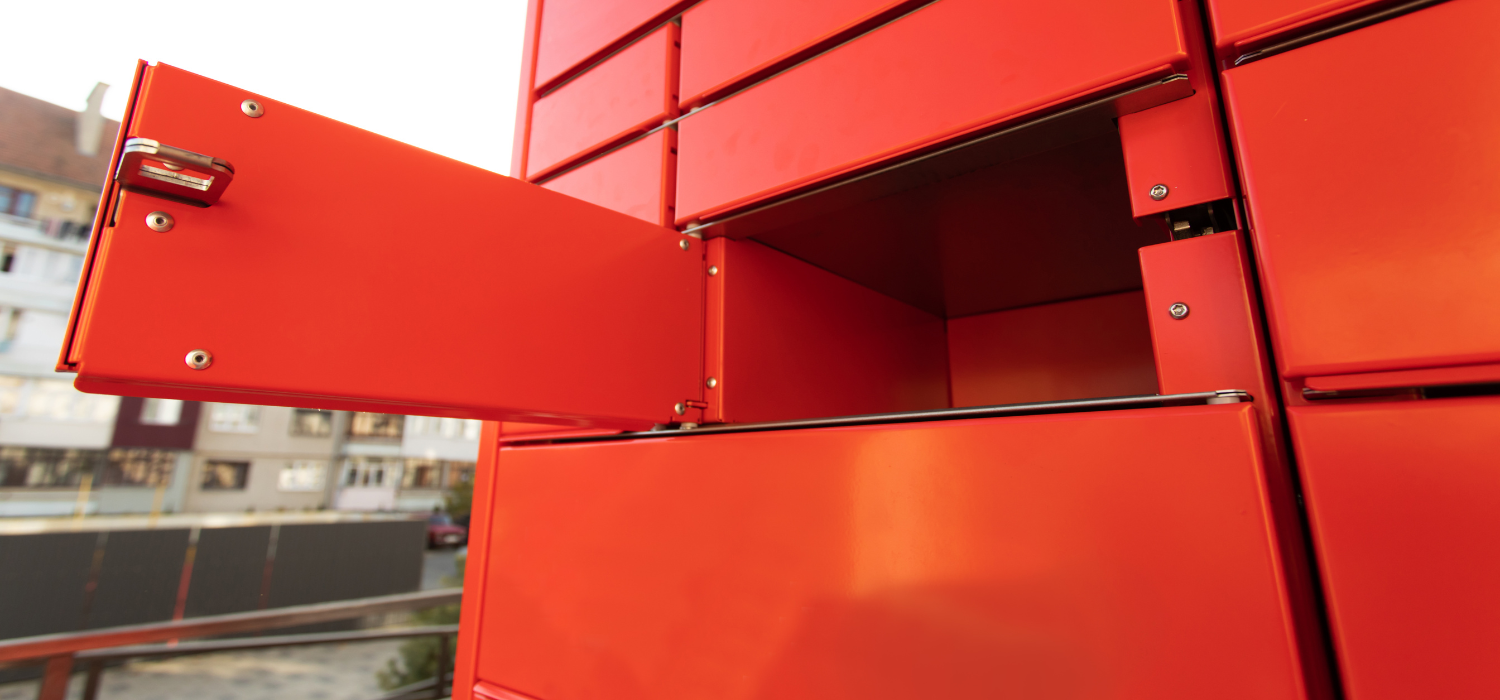“Italians’ purchases through the online channel in 2022 will reach EUR 34 billion, up +10% compared to the previous year. (…) The foundations have been laid for an important development of the eCommerce channel”. With these words we left Valentina Pontiggia, Director of the B2C eCommerce Observatories and Digital Innovation in Retail at the Politecnico di Milano, as a guest in the first interview of our blog.
A rapid and constantly growing development, that of eCommerce, which, however, has important repercussions on the entire logistics system – as we have also reported in this in-depth article – subjecting it to great stress and new challenges for the future. We spoke about this with Massimo Marciani, president of the Freight Leaders Council, an association that has been contributing to the development of sustainable logistics and intermodality for over 30 years.
During the pandemic, the sector experienced a moment of great stress, but proved its crucial importance. Today it is facing another major crisis linked to several factors, including a shortage of drivers. What are we facing and what solutions can be envisaged to make the logistics chain more efficient?
Undoubtedly, the issue of the shortage of drivers is central to the sector as long as the execution of logistics services is entrusted to humans. Today, in fact, we are seeing a very strong development of automation both inside and outside the warehouse, but I believe that at least for the next few years there will be a need for drivers to deliver goods that are purchased on eCommerce channels and also for deliveries to traditional chain shops. From the point of view of solutions, the shortage of drivers can only be solved by making the system more efficient and optimising the moments of exchange of goods between the different modes of transport, i.e. by reducing the hours drivers have to wait for loading and unloading. It is also crucial to make this work more interesting and dignified by making its public usefulness understood.
The last logistics mile is the most polluting part of the entire supply chain. How can it be made more environmentally sustainable?
The delivery of the last mile is nowadays the biggest area of competition for all distribution and production companies. This is because cities, especially in Italy, are very valuable, with important historical centres, so it is essential to avoid actions that disfigure this beauty but rather aim to enhance it in the eyes of residents, city users and tourists. One of the possible solutions to ensure the sustainability of the last mile is therefore that offered by sharing, reducing the number of vehicles running around and sharing the proximity spaces, for example through micro-hubs, thus avoiding point-to-point deliveries with many vans leaving the different platforms to potentially reach every house number. In other words, we should try to consolidate shipments by having more parcels arrive at the same point, in the most sustainable way possible. And in this the electric vehicle and the cargo bike can be two solutions, pending the aerial drone.
How can the technology developed by GEL Proximity help the industry in this respect?
The idea of GEL Proximity is extremely innovative because it combines two aspects I mentioned earlier. The first is that of sharing: it would be unthinkable for each company to own its own Lockers or Pick-up Points, because there would be an infinite number of them, so consolidating them allows different operators to use a shared Network. A bit like what already happens with the ATM in the banking system, where everyone can withdraw from even different counters than their own bank. The second and equally important aspect is the consolidation of loads. By identifying fewer delivery points, consequently transport will also be more efficient. Those who handle deliveries will therefore not only have fewer of them to make, but also fewer points to reach.
In the interview with Valentina Pontiggia, it emerged that eCommerce is growing exponentially and, as a result, urban and last-mile logistics also need to be rethought. What are the risks associated with this boom and how should they be addressed?
The eCommerce explosion, also caused by the increase in digitisation and users’ confidence in e-money, was certainly forced during the lockdown and, like a long wave, is continuing in this post-pandemic phase. The possibility of ordering goods from the comfort of one’s own home and having them delivered without necessarily having to go out or while doing something else is certainly a great privilege as well as an advantage over traditional commerce. What should be avoided, however, is to create a contrast between the physical and digital channels. An omnichannel approach, which is what the major retail companies and operators in the sector are following, can certainly be a solution that can combine the advantage of having a potentially infinite shop window on an electronic platform with that of having the convenience of the shop on your doorstep which, despite having a smaller assortment, allows you to buy what you need with immediate availability, even if you go there on foot or by bicycle.
The so-called ‘logistics of the whim’ has been mentioned several times. What is the meaning of this term and how do you deal with this trend?
The father of the term ‘whim logistics’ is Engineer Antonio Malvestio, past president of the Freight Leaders Council, who used it for the first time when drafting a document edited by the Association on the subject of urban logistics. The term describes demand-driven logistics, and thus the needs of individuals, as ‘whim logistics’. This is because if we do not attach a value, and therefore a cost, to logistics, we are inclined to order everything we need online and expect delivery as soon as possible. Imagine if we all moved around in an SUV, from one part of the city to another, without planning and without the slightest interest in the actions and needs of others. In doing so, our cities would be unlivable. Here, with regard to logistics, the mechanism is similar. Compared to the mobility of people, which can also take place without a reason, the mobility of goods takes place solely on the basis of demand. If today we are witnessing a shift from eCommerce to quick-commerce, or even worse to instant commerce, with deliveries made within a day or a few hours, it is because there is a demand that is somehow right to be satisfied. However, all this should be combined with the issue of sustainability and thus the cost associated with these services. If this path is not followed, there is a risk of compromising the needs of the many for the needs of the few.
We would like to thank Massimo Marciani and invite you to follow the activities of the Freight Leaders Council, association active in promoting increasingly sustainable logistics in environmental, social and economic terms.
If you are an eCommerce operator and would like to integrate your Network of Pick-up Points and Lockers to offer a greener delivery service, contact us to find out how we can help.










